Understand our
History
The origins of Carlingford do not just lie eight centuries ago with the construction of a castle on a rocky outcrop by the Norman knight, Hugh de Lacy. Our story starts almost 12000 years ago.
The Ages of Carlingford

Age of Ice

Age of Arrival

Age of Farming

Age of Legend
in 500 BC the iron workers arrived probably bringing Celtic culture and language with them they worshiped the Sun which made the grass grow to feed their great herds of cattle the power of the Sun was personified in their favorite fertility symbol the mighty bulll

Age of Christianity
in 500 BC the iron workers arrived probably bringing Celtic culture and language with them they worshiped the Sun which made the grass grow to feed their great herds of cattle the power of the Sun was personified in their favorite fertility symbol the mighty bulll

Age of Vikings
in 500 BC the iron workers arrived probably bringing Celtic culture and language with them they worshiped the Sun which made the grass grow to feed their great herds of cattle the power of the Sun was personified in their favorite fertility symbol the mighty bulll

Age of Normans
in 500 BC the iron workers arrived probably bringing Celtic culture and language with them they worshiped the Sun which made the grass grow to feed their great herds of cattle the power of the Sun was personified in their favorite fertility symbol the mighty bulll

Age of Royal Agency
in 500 BC the iron workers arrived probably bringing Celtic culture and language with them they worshiped the Sun which made the grass grow to feed their great herds of cattle the power of the Sun was personified in their favorite fertility symbol the mighty bulll

Age of O'Neill
in 500 BC the iron workers arrived probably bringing Celtic culture and language with them they worshiped the Sun which made the grass grow to feed their great herds of cattle the power of the Sun was personified in their favorite fertility symbol the mighty bulll

Age of Cromwell
in 500 BC the iron workers arrived probably bringing Celtic culture and language with them they worshiped the Sun which made the grass grow to feed their great herds of cattle the power of the Sun was personified in their favorite fertility symbol the mighty bulll

Age of Williamite
in 500 BC the iron workers arrived probably bringing Celtic culture and language with them they worshiped the Sun which made the grass grow to feed their great herds of cattle the power of the Sun was personified in their favorite fertility symbol the mighty bulll

Age of Ruin
in 500 BC the iron workers arrived probably bringing Celtic culture and language with them they worshiped the Sun which made the grass grow to feed their great herds of cattle the power of the Sun was personified in their favorite fertility symbol the mighty bulll

Age of Famine
in 500 BC the iron workers arrived probably bringing Celtic culture and language with them they worshiped the Sun which made the grass grow to feed their great herds of cattle the power of the Sun was personified in their favorite fertility symbol the mighty bulll

Age of Rail
in 500 BC the iron workers arrived probably bringing Celtic culture and language with them they worshiped the Sun which made the grass grow to feed their great herds of cattle the power of the Sun was personified in their favorite fertility symbol the mighty bulll


